-
Posts
16231 -
Joined
-
Last visited
-
Days Won
38
Posts posted by BLI snowman
-
-
39 minutes ago, Phil said:
I’m actually optimistic about a wetter pattern as the MJO returns to the E-Hem. Maybe not quite to the level of the 12z CMC, but in that general direction. There’s nothing in the system state to suggest 2024 will be a dry tinderbox in the PNW.
That said, those in CA/SW US should keep a watchful eye as the second half of this year could flip dry. Good thing those reservoirs are filled to the brim because La Niña will take no prisoners once it establishes.
Only “good” news is we shouldn’t have the godzilla-like 4CH roasting the intermountain west this summer. Will be at least somewhat flatter/suppressed, but not to the extent of 2008 where it was almost nonexistent. More likely to resemble 2020 or 2010.
It probably won’t be enough to stop a very warm summer nationally, though. The broader mid-latitude pattern looks ugly, and I suspect the entire lower-48 (including WA/OR) will run warmer than average. But the nastiest stuff will probably center in the Plains or Midwest, not at the coasts.
Funny enough, the last few big snowpack years in CA were all *drumroll... Niñas!
2010-11, 2016-17, 2022-23.
La Niña truly brings the nourishing juices of life to all. Particularly to the Mid Atlantic states, where it allows the newly-native flora to thrive as it works to further expedite the transfer of the humid subtropical climate/bioregion into your neck of the woods.
-
 1
1
-
 2
2
-
 2
2
-
 1
1
-
-
2 hours ago, SilverFallsAndrew said:
I remember May 1998. Abiqua Creek was blown out on the first day of fishing season.
Rang in with a nice line of strong to severe thunderstorms on the 1st and never looked back.
-
 1
1
-
-
48 minutes ago, SilverFallsAndrew said:
Nice 18z run.
The cool and wet May is looking like the real deal, Andrew.
Big Nino to Nina flips tend to equate to stunningly beautiful Mays. 1988, 1998, 2010.
We're bound to see blessings, and a whole heck of a lot of them. You've all been warned.
-
 6
6
-
 1
1
-
-
-
1 hour ago, Phil said:
Nobody on this forum did. IDGAF what Joe Bastardi et al were predicting.
Niño climo also isn’t a “torch” anywhere. But it is warmer than average out there in February. Which is exactly what happened.
Niño climo in Phil's mind
-
 2
2
-
 1
1
-
 1
1
-
-
13 minutes ago, Front Ranger said:
Also, you're looking mainly at precip here. Temps are a large part of the discussion as well.
Where you draw the line matters, of course. 2015 and 2016 alter the discussion for May from 2017, and if you go back to 2013 or further it also changes.
Really only May 2022 stands out as cooler than average since 2015. May 2021 was fairly average temp-wise but also was consistently sunny and dry as a bone. Several historically warm Mays in that stretch as well.
-
 1
1
-
-
1 minute ago, Front Ranger said:
Sure. And I think you'd also agree with my point that the early part of the warm season hasn't seen near the level of warming as the heart of summer. September either, for that matter.
August is definitely kind of its own runaway freight train at this point, but the whole May-August stretch has seen that broad shift towards warmer and drier. September is interesting in that it's at least maintained some productivity from a precip POV, perhaps owing to the inescapable change in wavelengths at that point which can reliably stick a few bullets in the summer pattern.
-
 4
4
-
-
2 minutes ago, Front Ranger said:
The conversation started with someone talking about summer starting in April. That's where the stats shared have been focused.
Recently I would say that the "start" of summer, if we're defining that as reliably sunny, warm, and dry weather, has broadly coincided with the annual death of the polar jet across the CONUS, which is usually at the very end of April or during the first half of May.
Whereas in historic terms the PNW often keeps the cut-off low factory going well enough into June that spring-like climo still persists, with cooler temps and showery weather hanging around. Anecdotally it just feels like those patterns during that stretch of calendar have had a lot less teeth in the last decade while also being a little fewer and further between. Perhaps owing to the stronger flexing of the 4CH. In any case it seems pronounced enough to be a trend and it does feel like it correlates pretty soundly with our midsummer climate changes.
-
 3
3
-
-
I think there is some conflation with "spring" and April. Spring also includes May, which has seen a distinct tendency towards warmer + drier than average since 2015. Including a solid handful of Mays in that timeframe (2015, 2016, 2018, 2019, 2021, 2023) where it effectively didn't rain the whole month across wide swaths of the region. You expect one or two of those per decade but the pace has really accelerated recently.
The early part of spring has been pretty distinct from the latter part of spring when it comes to the departures from average, since March and April haven't seen a sharp statistical trend in that direction but May and early June (still more spring climo-wise) definitely have.
-
 6
6
-
 1
1
-
-
- Popular Post
- Popular Post
Speaking of seeing America, I visited the ghost town of Picher, OK on the back end of my eclipse trip. Really fascinating story there, with the lead/zinc mining deposits there creating an environmental catastrophe, and then sadly a devastating EF-4 tornado in 2008 pretty much finished them off. You can still see the giant chat piles from the road hanging over most of the former building sites.
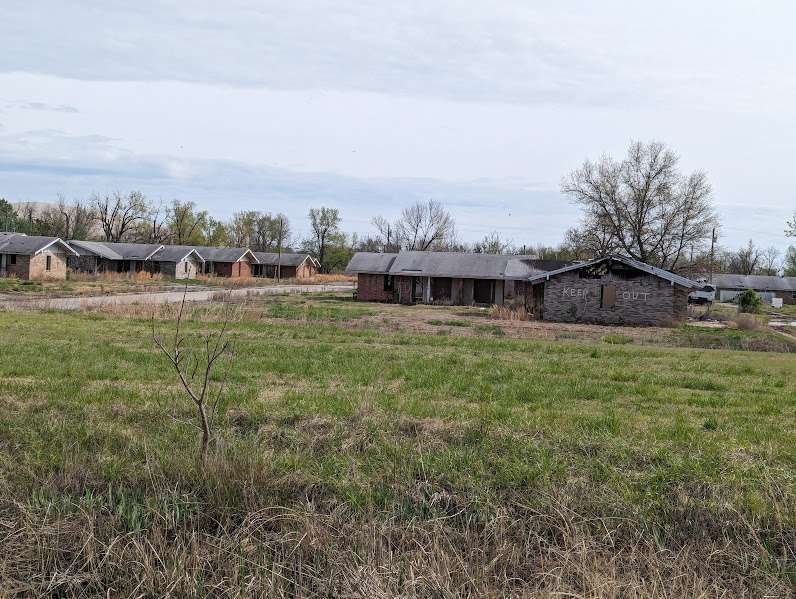
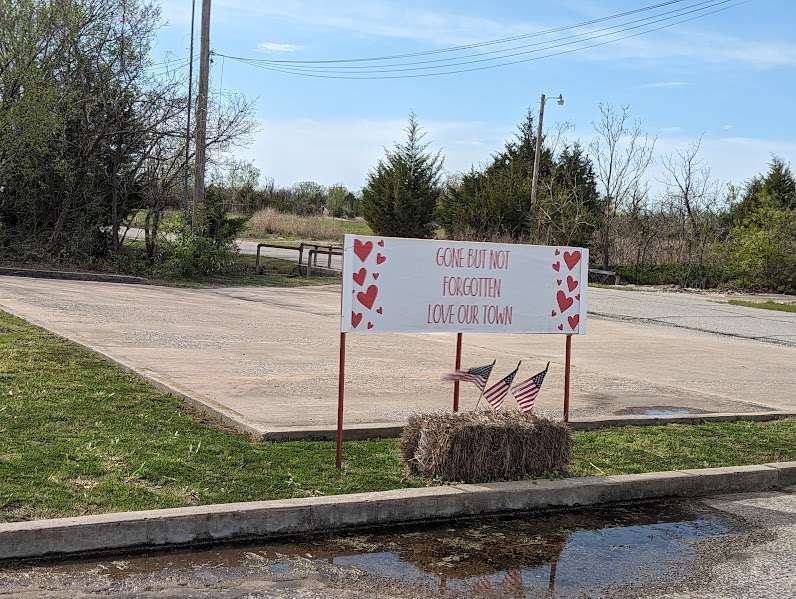
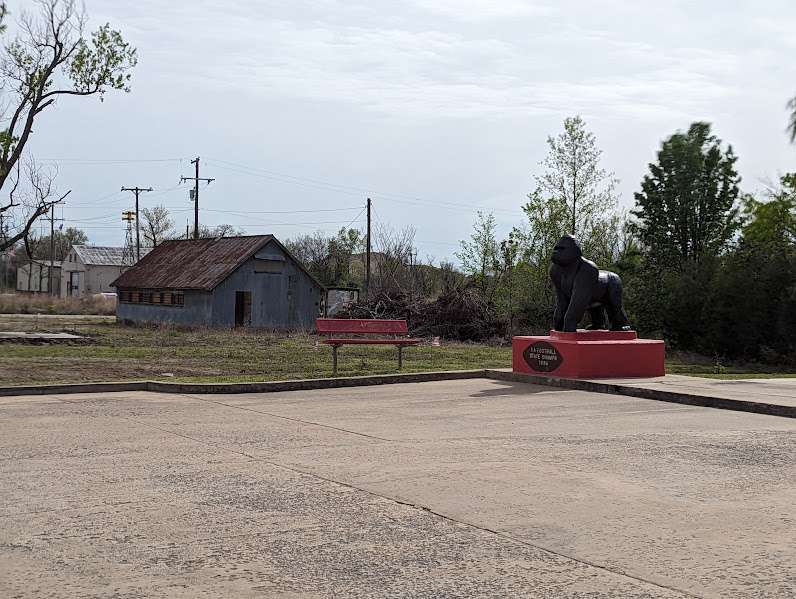
-
 9
9
-
 1
1
-
 1
1
-
 1
1
-
-
31 minutes ago, TT-SEA said:
Both the 00Z GFS and 00Z GEM are much less troughy for next week.
A little early for the dry season to be starting.
If I were in SE King County, I'd be getting pretty nervous about the prospects for a really wet Memorial Day to 4th of July stretch.
-
 2
2
-
 1
1
-
 1
1
-
-
20 minutes ago, Phishy Wx said:
usually not big wedges like that though
Not typical, but FL has seen some legitimate outbreaks in the past. February 1998 was pretty ugly in the Orlando area. February 2007 as well. Ninos enhance the southern jet obviously so there's a big correlation there.
-
 5
5
-
-
4 minutes ago, Phil said:
Yeah, they’re actually common, but they’re usually of the skinny/rope variety. Almost all are EF0 or EF1 (this one looks..beefier).
Thats what I meant. Basically the same story here, lots of little spin ups but rare to see EF3+. But even rarer in that part of FL.
Sure, but tornado dynamics are actually a little more favorable the further north you go in FL. Given the better jet support and shear/helicity that exists in that corridor. Jacksonville is basically GA.
-
 5
5
-
-
1 minute ago, Phil said:
Holy f***. Jacksonville FL? Their tornado climo is basically the same as ours, if not lesser.
Tornadoes in FL really aren't that rare.
-
 4
4
-
-
7 minutes ago, RentonHill said:
i think you mean RIH
Eh. I like Rot In Pieces better.
-
 3
3
-
-
RIP OJ
-
 1
1
-
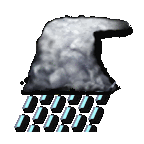 1
1
-
 1
1
-
-
25 minutes ago, TT-SEA said:
That was just payback for the sh*tshow that was May 2022.
I read somewhere that last year was the final settling of our May 1962 debt. So we oughta be good to go now.
-
 1
1
-
-
1 hour ago, Meatyorologist said:
Guidance has a nice lobe of cold air sitting for days north of AK. Could be something to feed off as more cold air spills south into the GOA from there via the Beaufort Sea.
That's the start of our cold May.
May-king up for last year's torchfest.
-
 2
2
-
-
2 hours ago, Front Ranger said:
1952-53, 1960-61, and 1993-94 also come to mind.
I think 1943-44 and 1944-45 were neutral as well (following a moderate Nina in 1942-43). Both were regionally awful.
2013-14 was our last classically neutral ENSO winter. As was 2012-13. The latter being another pretty lame winter.
-
 1
1
-
-
2 hours ago, Phishy Wx said:
Neutral may seriously be the best ENSO state now for snow lovers
Then there's 1980-81. Which was a giant, gaping asscrack of a winter.
-
 1
1
-
-
2 hours ago, the_convergence_zone said:
https://cw3e.ucsd.edu/the-atmospheric-rivers-of-water-year-2024-april-summary/
Oregon wins the 2023-24 atmospheric river count with 46.(Yes, they designate literally every storm as an atmospheric river)
They're really watering down the standards lately.
-
 1
1
-
 1
1
-
-
- Popular Post
- Popular Post
Before, during, and after. Phone definitely didn't come close to doing it justice. In Gilbert we had just over three minutes of totality. The stillness of the air as the sun got swallowed up had such a serene quality to it, perforated only with the chatter of crickets as they started singing their evening song. Majestic experience!
-
 11
11
-
1 hour ago, Cascadia_Wx said:
Eclipse is starting with a huge break in the clouds here. Perfect viewing.
Crystal clear here in Gilbert, AR. Which is allegedly one of the coldest inhabited areas of the Natural State.
-
 4
4
-


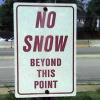
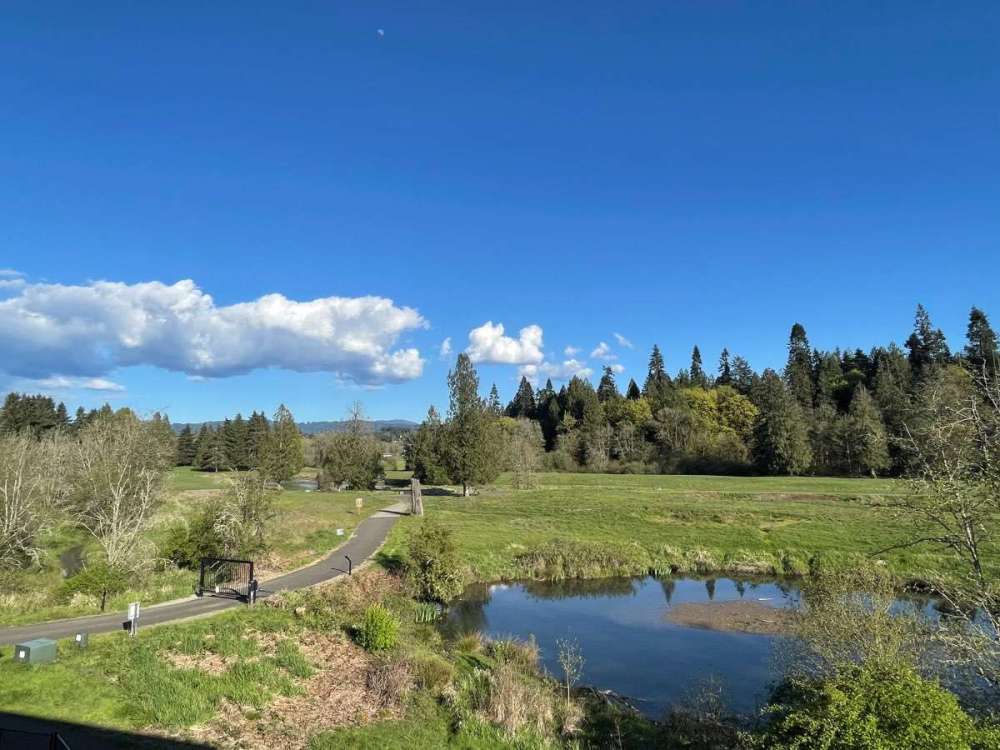

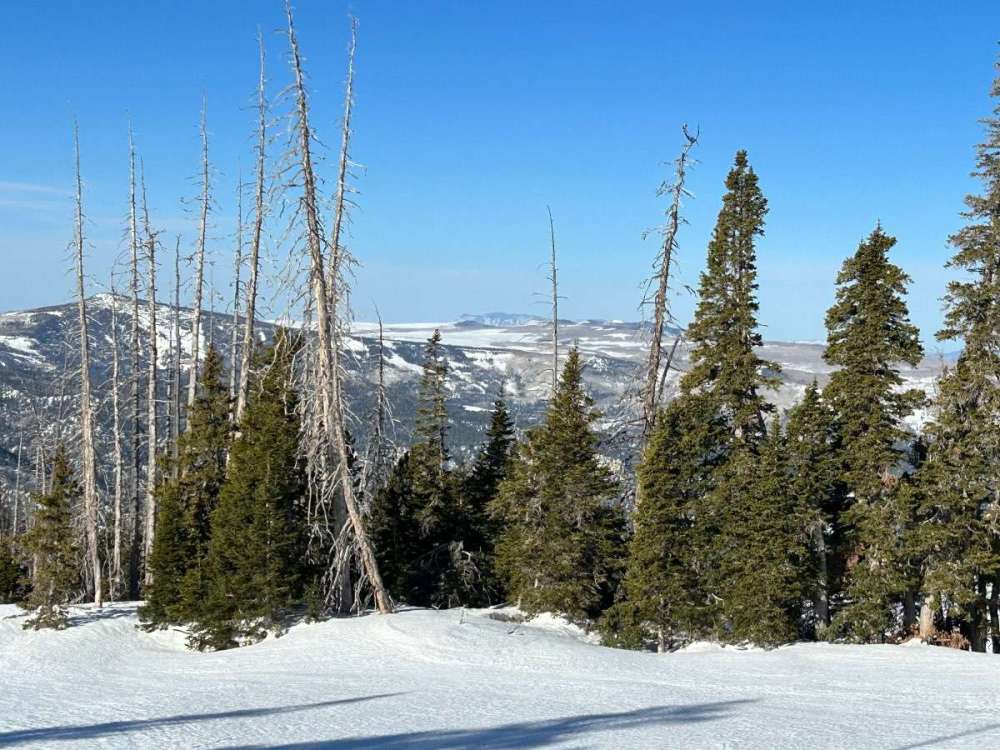
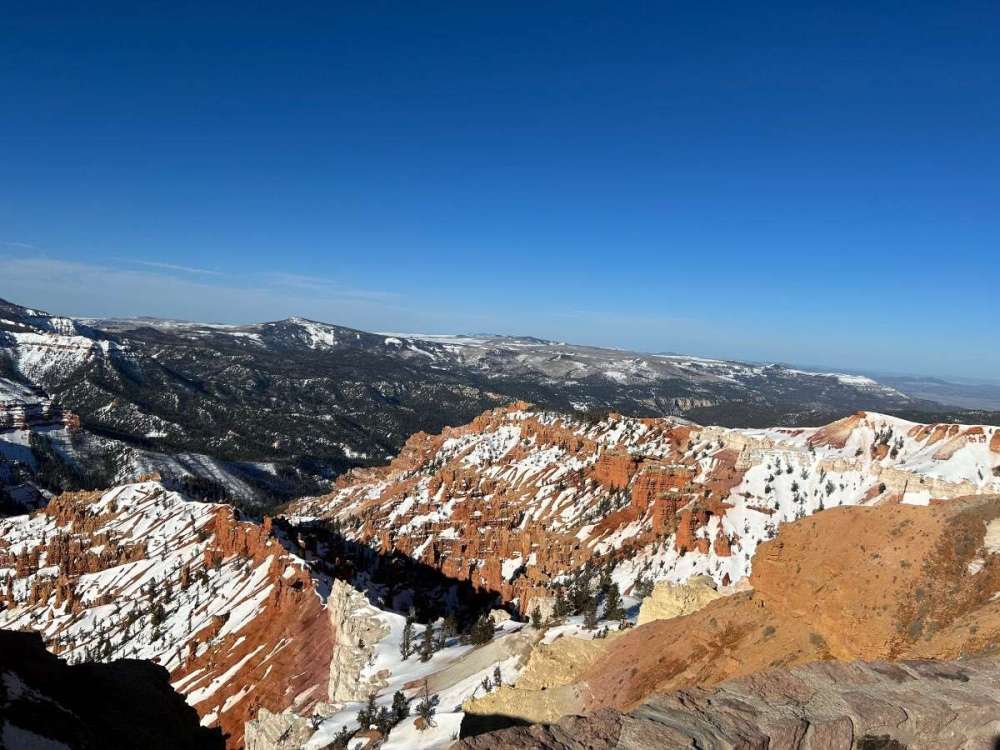

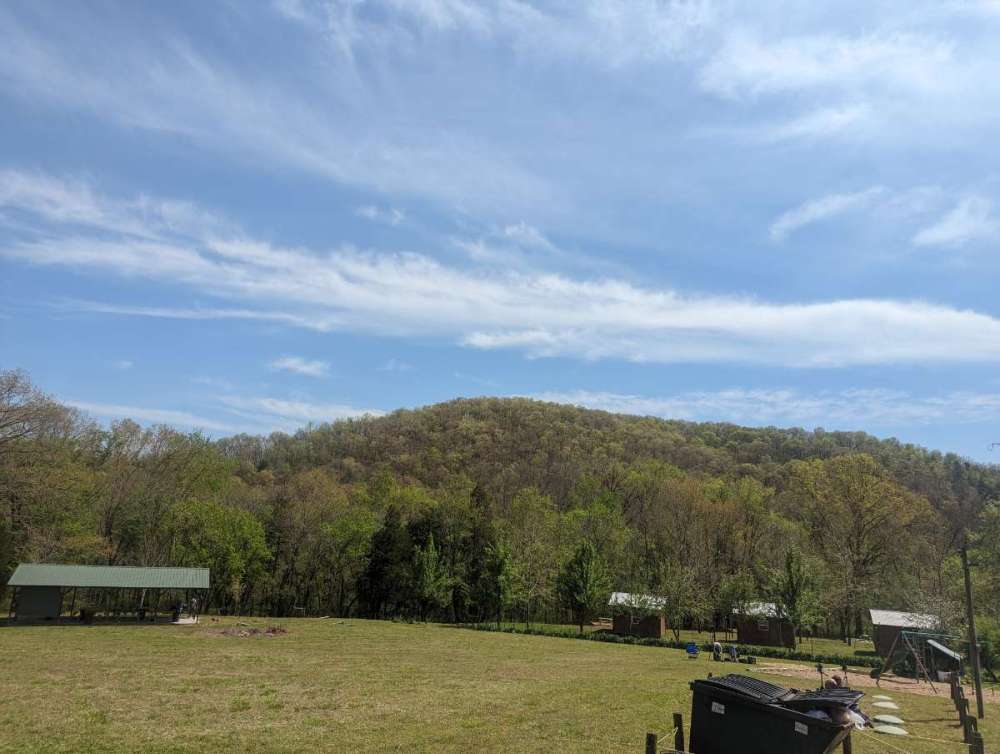
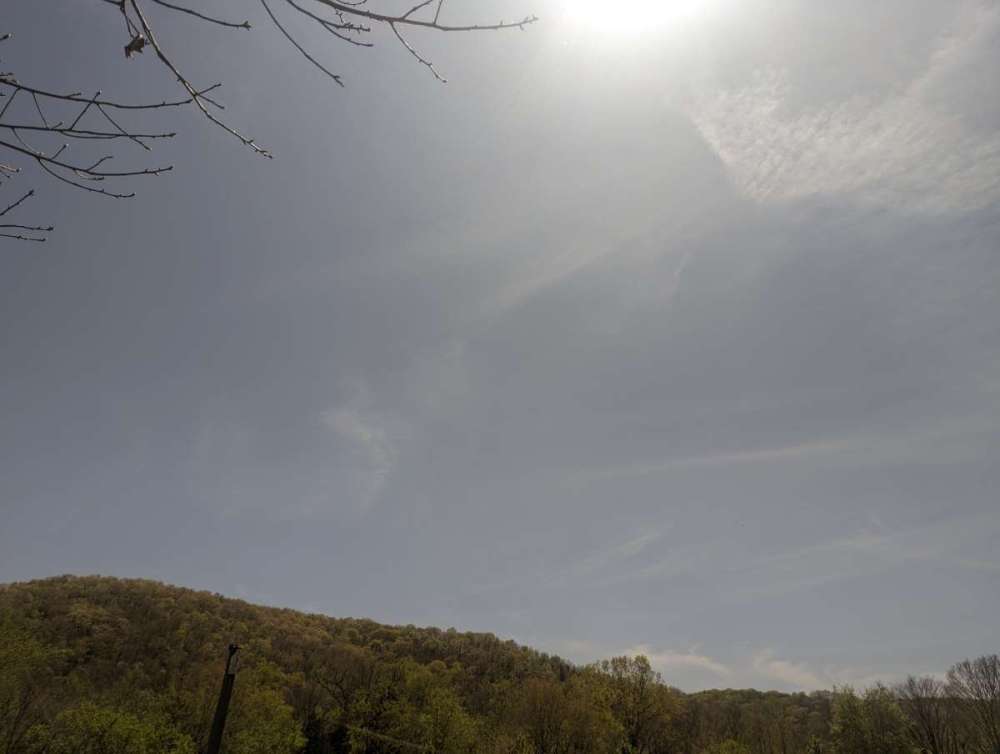
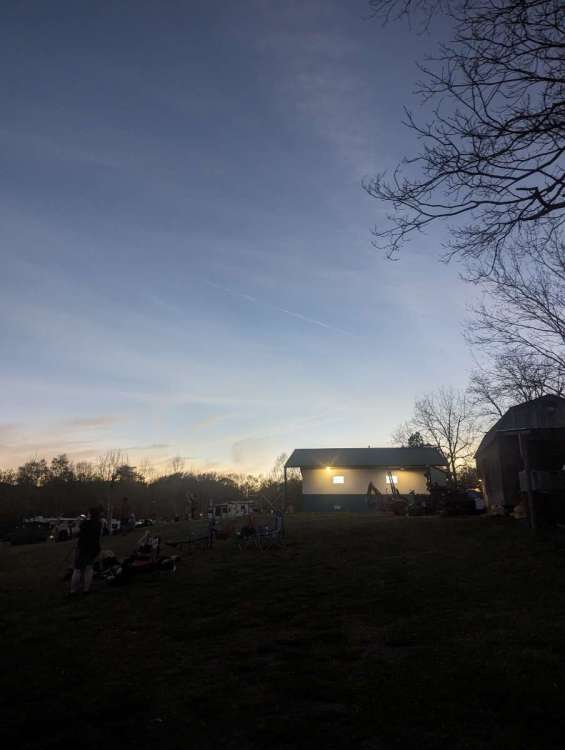
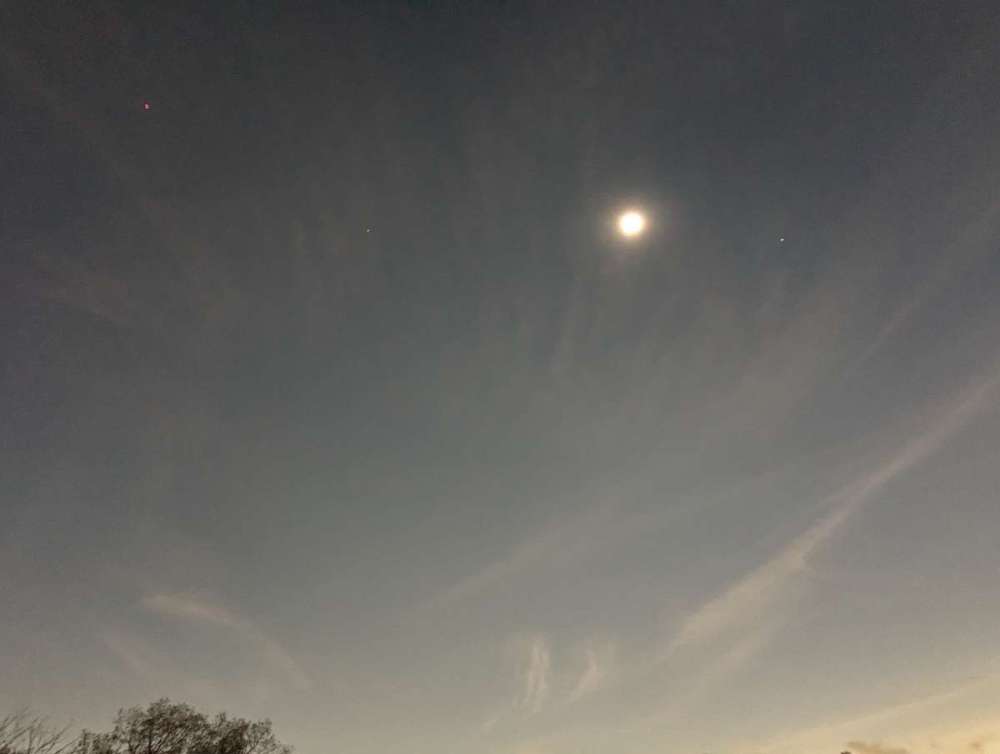
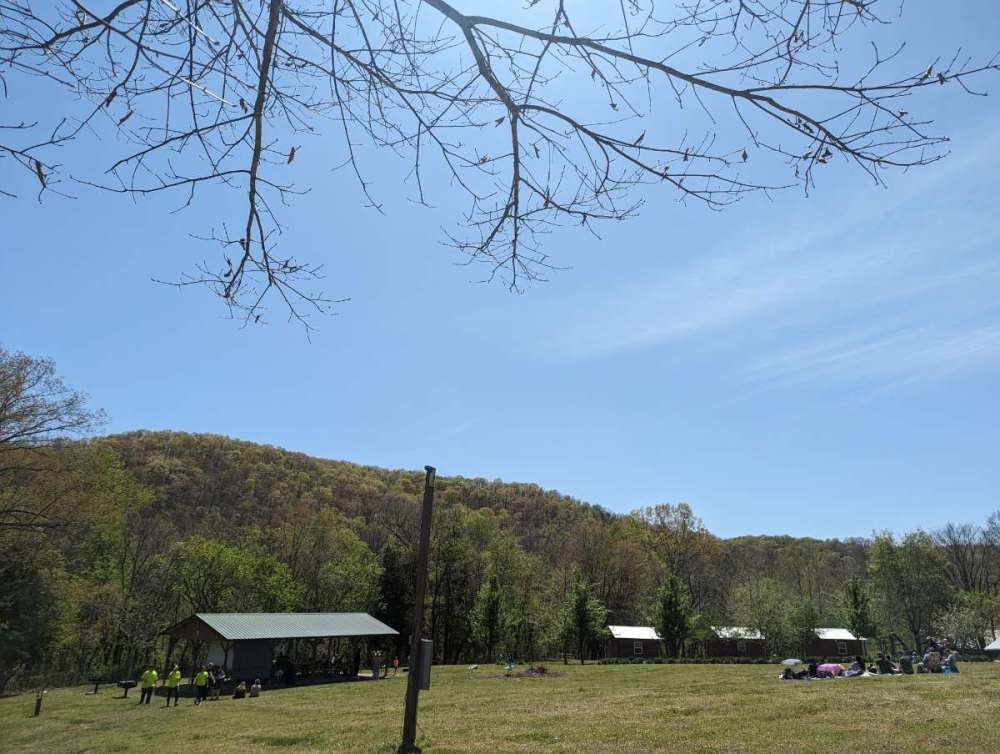
Polite Politics
in Off Topic
Posted
If it makes you feel any better, there hasn't been a major U.S. plane crash since 2009. An amazing testament to how safe air travel has become, almost down to a science. The bigger picture shows that even with the questionable recent record of certain companies, the safeguards are overwhelmingly doing their job.